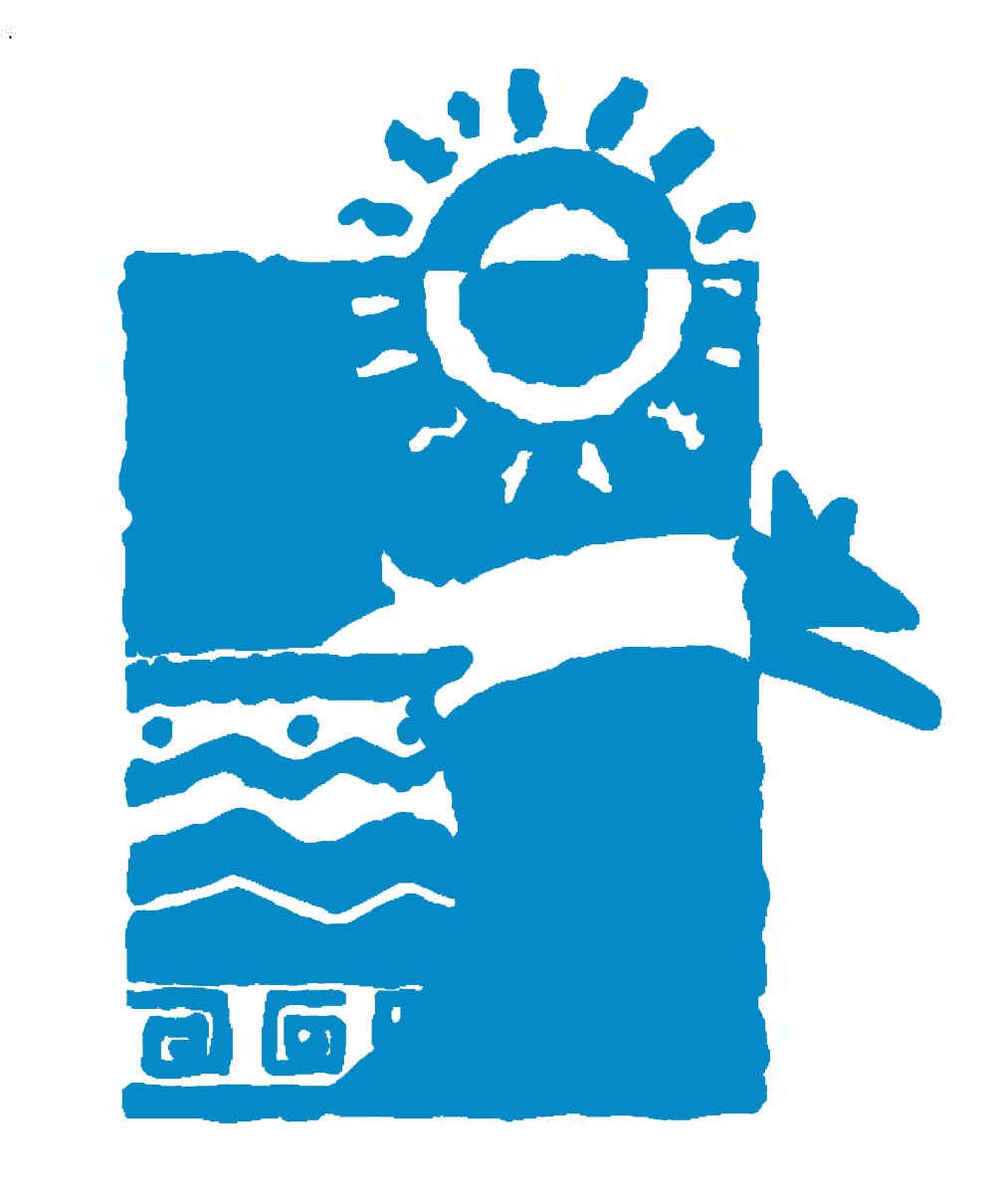[Source: Doug Kreutz, Arizona Daily Star] – Oracle State Park – closed for nearly two years by budget cuts – will reopen part-time next year if a new funding plan works out. “It’s not final yet, but I’m confident we’ll make this work,” said Renée Bahl, executive director of Arizona State Parks.”We’ve been working very closely with the Friends of Oracle State Park, which is a fantastic advocacy group, on a plan” to reopen the park near the town of Oracle, Bahl said.
The tentative plan would open the park three days a week to environmental education programs for students and on Saturdays to the public. Students and park visitors would have access to the park’s high-desert landscapes, hiking trails and the historic Kannally Ranch House.
Those sites have been off limits since the park was closed in October 2009 along with some other state parks. Oracle is the only one that remains closed. The key element in the reopening plan, Bahl said, is a fundraising effort by the Friends of Oracle State Park. “Right now, we’re looking at $20,000 to $25,000, and I have confidence that they will be able to raise the money,” Bahl said. If the money can be raised, the reopening plans would go into effect next spring or fall. Bahl said the timing depends on coordinating plans with school districts that would send students to the park.
Cindy Krupicka, president of the Friends group, called the planned reopening “a great start.” “We’re excited, and we hope to make this work,” Krupicka said. “In addition to raising money, we’ll also have to get volunteers to run the educational programs.” Bahl said State Parks expenditures for a reopening would be about $40,000. “We would move one ranger to the park to help put together the curriculum and help train the volunteers,” she said.
